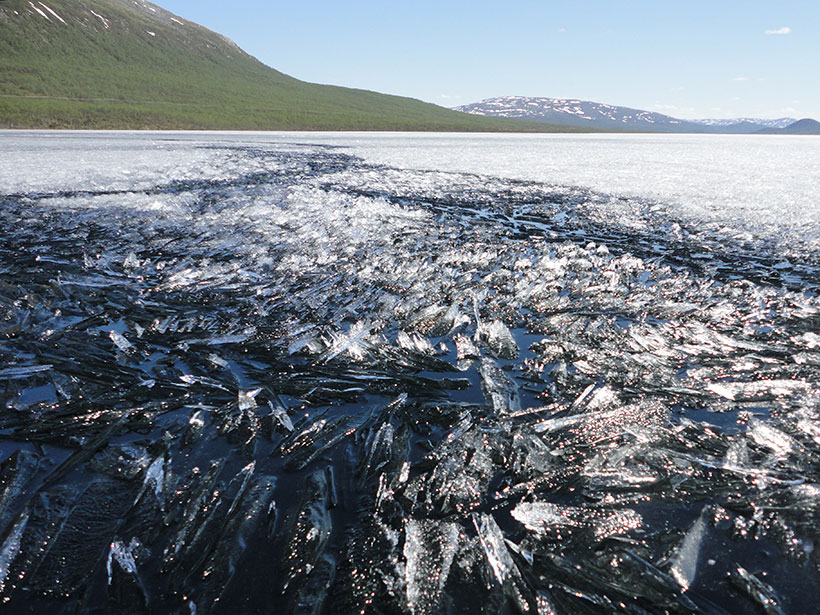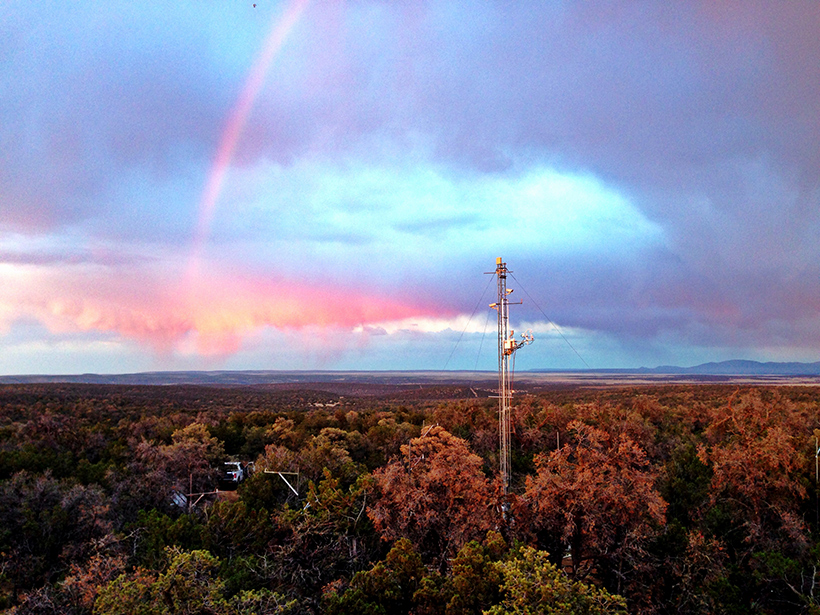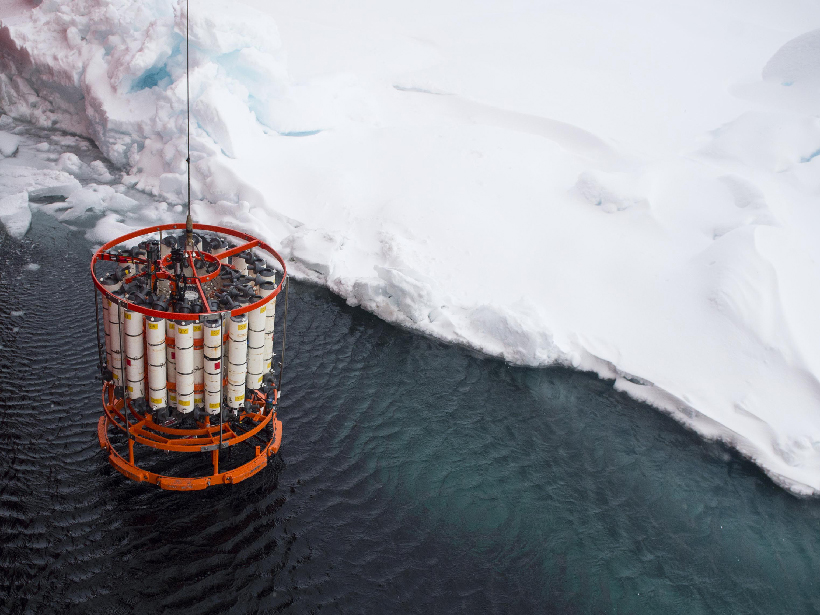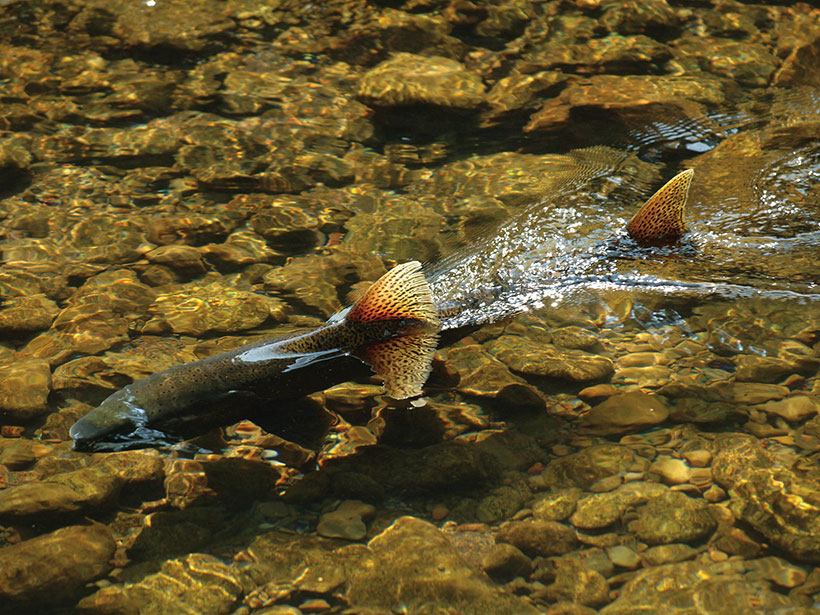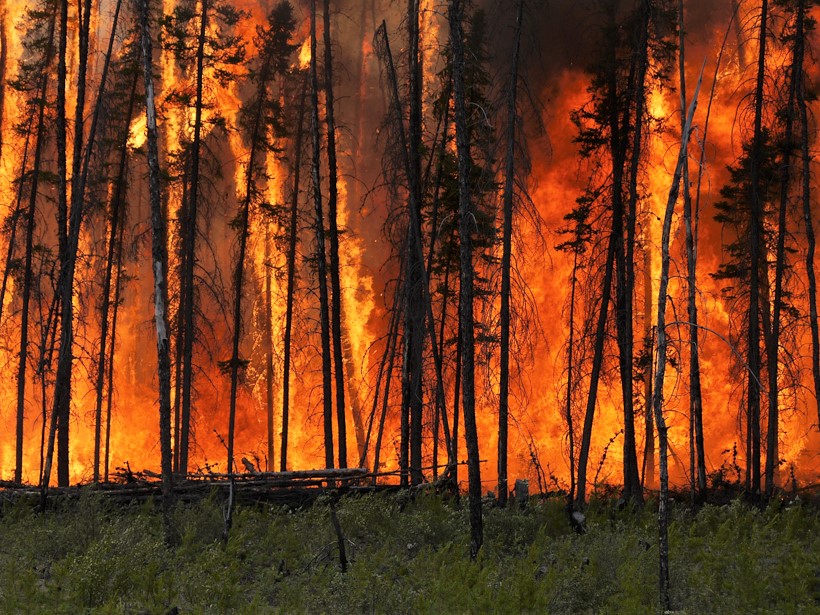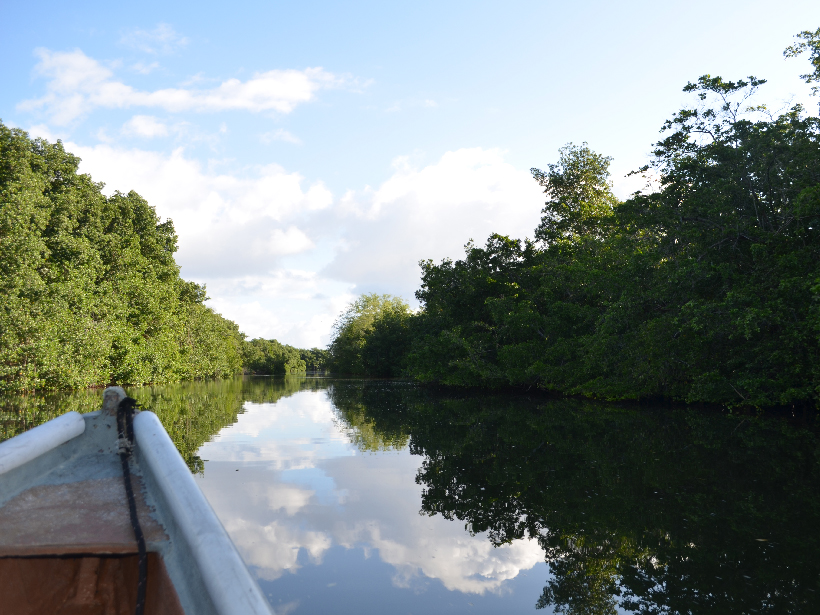Extending ice records and standardizing sampling protocols are among recommendations to help researchers better predict how changing ice cover will affect aquatic ecosystems.
biogeosciences
Measuring, Monitoring, and Modeling Ecosystem Cycling
Scientists leverage long-term environmental measurements, emerging satellite observations, and recent modeling advances to examine changes in ecosystem carbon and water cycling.
Estuary Research Suffers from Scientific Bias
Researchers are calling for a closer look at nutrient cycling in tropical and low-nutrient estuaries, which have long been overlooked in the scientific literature.
Big Questions, Few Answers About What Happens Under Lake Ice
Scientists long eschewed studying lakes in winter, expecting that cold temperatures and ice cover limited activity below the surface. Recent findings to the contrary are changing limnologists’ views.
Rastreando Elementos Traza a Través del Océano Ártico
Durante la expedición Pan-ártica, los investigadores obtuvieron y utilizaron datos de carbono y elementos traza para comprender mejor cómo el cambio climático afectará la producción primaria en una de las regiones de calentamiento más rápido del mundo.
A First Look at Elusive Deep-Ocean Carbon Molecules
A new analytical technique enables direct analysis of dissolved organic carbon molecules that store carbon in the ocean for thousands of years.
Internal Compass Guides Salmon’s Incredible Journey
New study finds evidence that magnetite particles play a role in fish navigation.
Shedding New Light on the Nitrogen Cycle in the Dark Ocean
Researchers find that the key players in nitrification may already be known.
New Special Collection: Fire in the Earth System
Papers are invited for a new cross-journal special collection presenting advances in understanding the physical and biogeochemical processes associated with landscape fires and their impacts.
Linking Hydrology and Biogeochemistry in a Tropical Urban Estuary
Low-lying coastal estuaries are intertwined with tropical cities around the world. Yet little is known about these water bodies, which affect millions of people globally.

